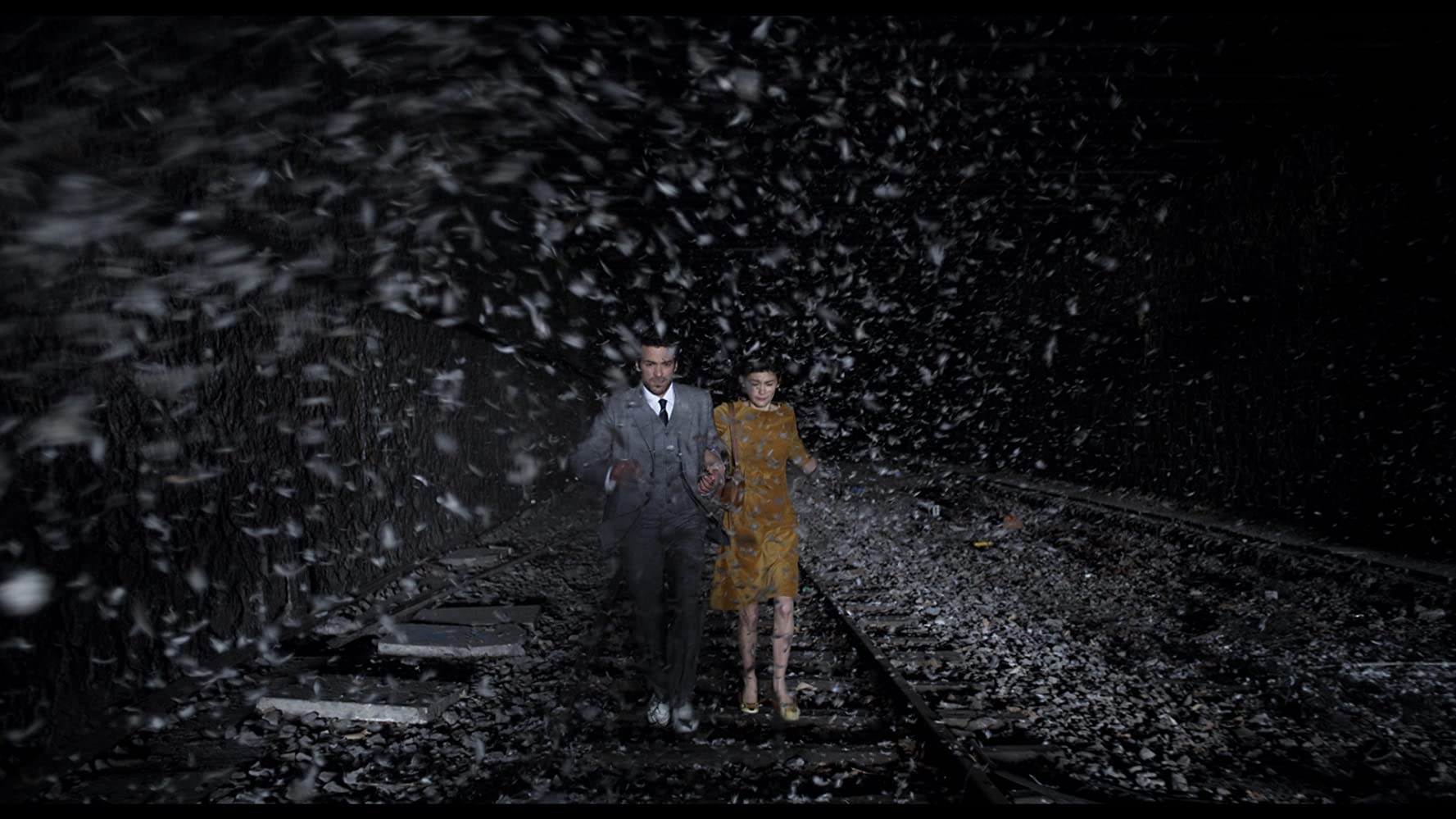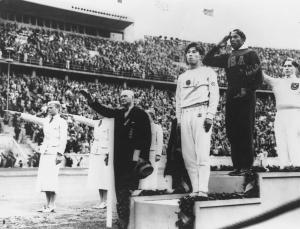|
This issue’s keyword “blue” has several meanings. For this reason, blue appears in many films, books, and plays. In these works, the color blue represents immaturity and freshness in a broad sense, and coldness and mystery in a psychological sense (a blue leaf or a blue dream in literary works), and it is a generalized term for unknown happiness (as in the Chinese phrase “cheongwoon's dream,” where “cheong” is the Chinese word for “blue”). In this article we will be reviewing two films that blue appears in in some way, either indirectly through the title or explicitly by the color.
L’ecume des Jours (2013) English title: Mood Indigo I had a question why the original title “Bubbles of Days” (as directly translated) was translated to the English title “Mood Indigo”. Some people call this film "a sad fairy tale with a pretty color". In the beginning of the film the atmosphere is very romantic, mysterious, and lovely, making its sad ending more tragic. The wealth of Colin that ran out like a handful of bubbles, and the love that could never be fulfilled, are like the limited days they spent together. I thought indigo, another hue of blue, is a color that could integrate the film's stark contrast between its flashy beginning and the somber ending. In this film, the color indigo might symbolize mystery and unknown happiness (the beginning), and coldness (the ending).
La Vie d’Adèle (2013) English title: Blue is the Warmest Color An Exploration of Freedom and Love The original French title of this film is “La Vie d’Adèle”, meaning “Life of Adèle” when literally translated. The narrative unfolds in Adèle’s perspective as she discovers her desires for freedom and identity through her encounter with Emma, an aspiring painter. Besides their relationship, Adèle’s chronicle of her high school years to early adult life as a school teacher takes the whole narrative. To Adèle, the encounter with Emma was an invitation to Emma’s wide canvas where everything was different from the way Adèle’s life had been: the family’s social class it was born into, the different aims and values they have in life, and the people of different social circles they socialize with. Particularly, the juxtaposition of two dinner table scenes emphasizes the two different social classes of Adèle and Emma. In these scenes, the viewers can easily notice Emma’s open-minded parents are aware of the lesbian relationship while Adèle's are not. Moreover, the main themes of the conversation are focused on existential matters, such as art and careers, for Emma’s middle-class family, while Adèle's deal with practical and banal subjects. The Color of Love? I thought Emma’s blue-colored hair represents the color of their love: Adèle’s “immaturity and freshness” (including both the characteristics of her own and the impression she gave to Emma) and the “unknown happiness” Emma and Adèle brought into each other’s life. The mysterious and fresh love Emma brought into Adèle’s life was a “blue dream”. “I have infinite tenderness for you, and I will my whole life.”- Emma A Lesbian Film? Despite the fact that this film’s most apparent feature is that it deals with love between women, the film's treatment of lesbian sexuality is controversial among academics for its dominant male perspective. "Like homophobia, the lesbian here melts away. As with many male fantasies of lesbianism, the film centers on the erotic success and effective failures of relations between women.” - Sophie Mayer, a film scholar "Emma's supposedly sophisticated friends make eager remarks about art and female sexuality that seem to mirror the director's problematic approach toward the representation of women." - “Film Comment” review by Kristin M. Jones. "… a brutal and surgical display, exuberant and cold, of so-called lesbian sex, which turned into porn, and made me feel very ill at ease." "… the hetero-normative laughed because they don't understand it and find the scene ridiculous. The gay and queer people laughed because it's not convincing, and found it ridiculous. And among the only people we didn't hear giggling were the potential guys too busy feasting their eyes on an incarnation of their fantasies on screen". - Julie Maroh, the author of the graphic novel the film was based on. However, aside from the subject of lesbian sexuality, this film is highly noted for its depiction of “love” the two protagonists shared. “The film is a great love story that made all of us feel privileged to be a fly on the wall, to see this story of deep love and deep heartbreak evolve from the beginning. The director did not put any constraints on the narrative and we were absolutely spellbound by the amazing performances of the two actresses, and especially the way the director observed his characters and just let the characters breathe.” - Steven Spielberg
|
Han Seunghyeon seunghan7019@naver.com
<저작권자 © 홍익대영자신문사, 무단 전재 및 재배포 금지>






